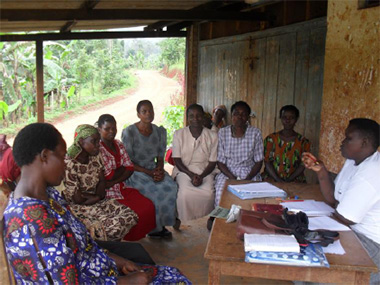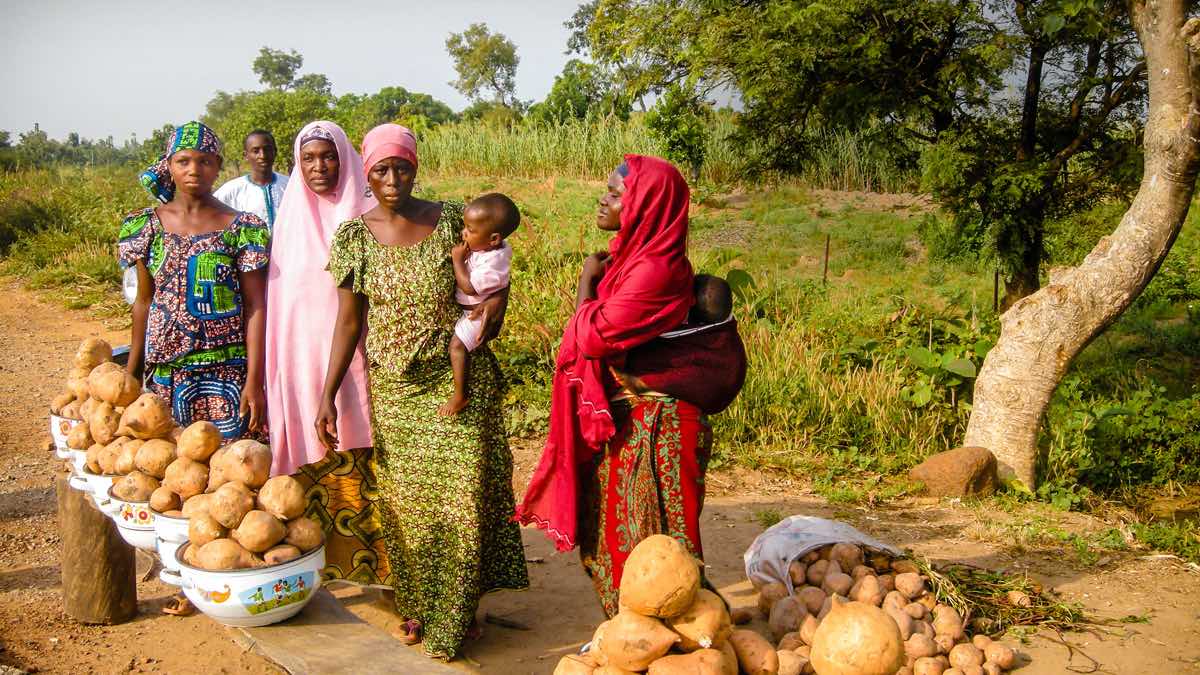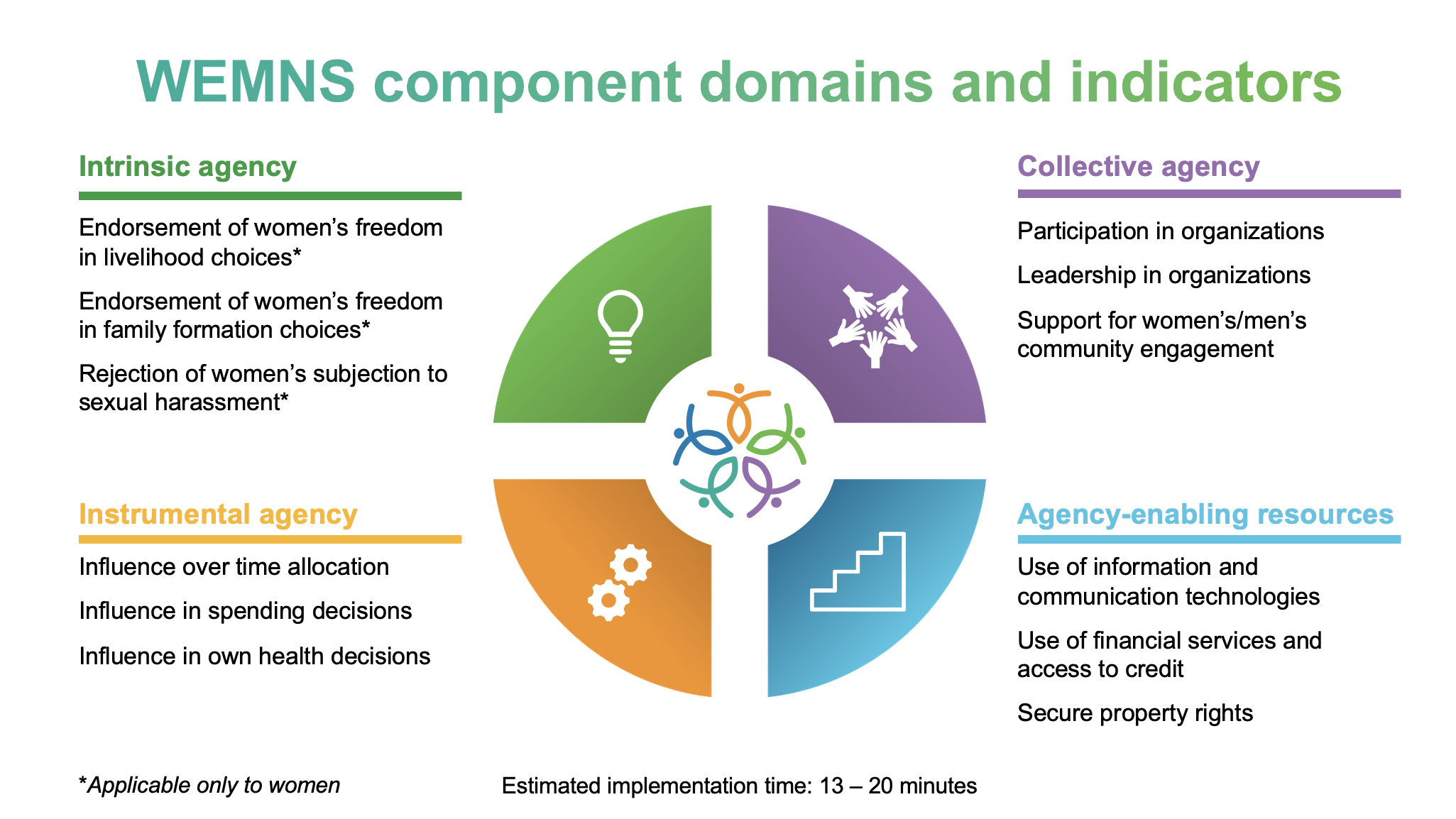By Elizabeth Bryan, Patti Kristjanson, and Claudia Ringler
Until recently, there has been little evidence supporting the need to focus on the gendered dimensions of agriculture and climate change. Why? Because few researchers have been talking to women in agriculture as well as men–both of whom contribute to solving the food security challenges posed by climate change.
However, new research based on gender-disaggregated data sheds light on gender differences in perceptions of climate change and the ability to adopt practices and technologies needed to increase resilience. These data also show that men and women have different preferences, needs, and priorities for the ways in which they respond to climate change. These findings point to the need for integrating a gender perspective into research on climate change as well as programs and projects focused on facilitating adaptation (and mitigation) on the ground.
The data show that in some contexts, such as in Senegal, women tend to be less likely to perceive climatic changes than their husbands. In other contexts, such as in Uganda and Kenya, men and women perceive different climatic shocks, long-term climate changes, and different impacts from climate change. For example, in Nyando, Kenya, women were more likely to perceive increases in temperature, rainfall, and the incidence of flooding while men were more likely to perceive more frequent droughts and increased rainfall variability. Given that adaptation responses largely depend on individuals’ perceptions of climate change, differences in men’s and women’s perceptions can have profound effects on whether or not they adapt and, if so, which strategies they choose.
Well documented gender differences in access to and control over resources also shape men’s and women’s ability to adopt new strategies, practices, or technologies in response to climate change. In many countries, men tend to control income from agricultural production and have greater control over resources needed to adopt new technologies. Social norms also limit the adaptation options available to women. For example, women may have less mobility which may limit their ability to access markets or seek outside employment opportunities. In some contexts, social norms discourage women from adopting particular technologies and practices, such as agroforestry or certain types of irrigation.
Access to information about climate change and appropriate responses is critical to support adaptation. However, there is growing evidence that women are at a disadvantage with respect to access to information, especially from formal sources, such as extension agents. Men in Bangladesh, Kenya, Senegal, Uganda and elsewhere report greater access to climate and agricultural information, and evidence shows that information provided to men is not always shared with women in the same household. As a result, the vast majority of women simply aren’t aware of options to improve their well-being and increase their resilience to climate change.
Furthermore, evidence from some communities shows strong gender differences in preferences for information on climate change. For example, women in Kaffrine, Senegal wanted forecasts of end of the rainfall season, given that they often plant later than men due to their limited control over the means of production. Women also prefer information about climate-smart agriculture practices that relate to their roles within the household, such as post-harvest processing.
Many women stated they want to try new things and, indeed, recent research has produced evidence that increased knowledge leads to increased adoption levels of climate-smart agricultural practices among women. Evidence from Bangladesh and Kenya shows that the gender gap in adoption of improved and climate-smart agriculture practices is much less stark when the barriers to access information are lowered. In fact, women may be even more likely than men to adopt particular practices, such as those related to livestock management, when they are aware of those practices.
Another constraint to women’s participation in adaptation efforts is that not enough agricultural research and development efforts have focused on options that meet women’s specific needs and situations. Women’s needs go beyond direct agricultural production, as they also manage child care, food preparation, and the collection of domestic water and energy resources. Data from several countries suggest that men and women have different needs, priorities, and preferences for adaptation and, indeed, men and women tend to report engaging in different adaptation strategies. For example, women in Senegal are more likely than men to adopt improved cookstoves, while women in Uganda and Kenya are more likely to invest in food storage facilities. Even within agriculture, evidence from Kenya shows that women tend to adopt certain practices more readily than men, including cover cropping with legumes to increase soil fertility and improve food security, and improved feed management practices for livestock.
When men and women both take measures to adapt to the effects of climate change, this is likely to lead to greater resilience and ensure that the needs and priorities of both men and women are addressed. Helping women participate fully in the process of adaptation will require concerted effort by multiple stakeholders to overcome the multiple barriers of limited control over resources, lack of access to information, and socio-cultural constraints.
Unfortunately, adaptation programs are often not designed by taking into account such gendered dimensions. In order to facilitate adaptation by both men and women, much greater effort is needed to ensure that gender is integrated into the design of policies, programs, and projects aimed at encouraging climate change adaptation. A recent survey of key stakeholders throughout Africa south of the Sahara−including representatives of government agencies, local and international NGOs, and research organizations− revealed that many organizations lack training on gender issues, which hinders efforts to integrate gender into policies and projects. Other constraints facing these organizations include limited context-specific research and gender-disaggregated data and cultural barriers that limit women’s participation in adaptation projects and in leadership roles within organizations.
Overcoming these challenges will require stronger partnerships between research organizations and government agencies and NGOs in order to continue to strengthen capacity of implementing organizations on gender and to build the evidence base on gender and climate change by monitoring and evaluating gender differences in participation in and outcomes of adaptation projects. This also will require investments in specialized training programs focused on how to design, implement, and measure gender-responsive agricultural research programs for researchers, extension agents, and representatives of other government agencies and civil society organizations involved in agriculture and natural resource management.
The cost of not reaching out to women and men for climate change adaptation is enormous, particularly given the limited uptake of improved and climate-smart agricultural practices to date in many countries. The costs of inaction are rising rapidly, as population pressure and natural resource scarcity are increasing and agriculture becomes a riskier business. International negotiators at this critical 21st conference of parties (COP) in Paris should take these messages to heart and make attention to gender a key priority for future adaptation efforts.
Note: This work was implemented by the International Food Policy Research Institute (IFPRI) as part of the CGIAR Research Program on Climate Change, Agriculture and Food Security (CCAFS) under the project “Increasing Women’s Resilience to Climate Change.”







